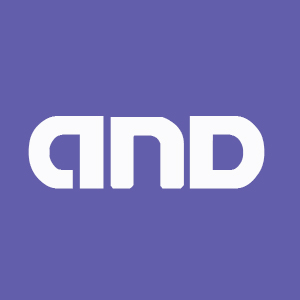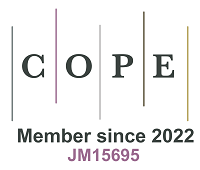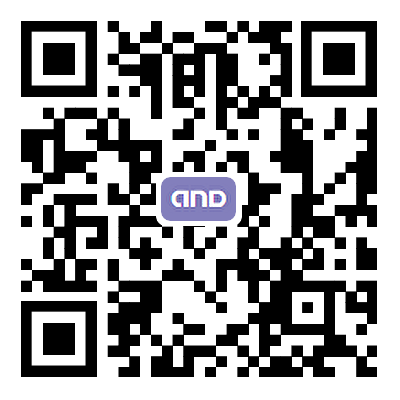REFERENCES
1. Chen C, Niehaus JK, Dinc F, et al. Neural circuit basis of placebo pain relief. Nature. 2024;632:1092-100.
2. Atlas LY. How instructions, learning, and expectations shape pain and neurobiological responses. Annu Rev Neurosci. 2023;46:167-89.
3. Wager TD, Atlas LY. The neuroscience of placebo effects: connecting context, learning and health. Nat Rev Neurosci. 2015;16:403-18.
4. Wang Y, Wang Q, Tang L, Zhang X. Cannabinoid modulations of pain- and stress-related circuits. Ageing Neur Dis. 2023;3:16.
5. Bissière S, Humeau Y, Lüthi A. Dopamine gates LTP induction in lateral amygdala by suppressing feedforward inhibition. Nat Neurosci. 2003;6:587-92.
6. Owen SF, Berke JD, Kreitzer AC. Fast-spiking interneurons supply feedforward control of bursting, calcium, and plasticity for efficient learning. Cell. 2018;172:683-95.e15.
7. Devita M, Alberti F, Fagnani M, et al. Novel insights into the relationship between cerebellum and dementia: a narrative review as a toolkit for clinicians. Ageing Res Rev. 2021;70:101389.
8. Jacobs HIL, Hopkins DA, Mayrhofer HC, et al. The cerebellum in Alzheimer’s disease: evaluating its role in cognitive decline. Brain. 2018;141:37-47.
9. Yang C, Liu G, Chen X, Le W. Cerebellum in Alzheimer’s disease and other neurodegenerative diseases: an emerging research frontier. MedComm. 2024;5:e638.
10. Li T, Le W, Jankovic J. Linking the cerebellum to Parkinson disease: an update. Nat Rev Neurol. 2023;19:645-54.
11. Yao Q, Tang F, Wang Y, et al. Effect of cerebellum stimulation on cognitive recovery in patients with Alzheimer disease: a randomized clinical trial. Brain Stimul. 2022;15:910-20.







